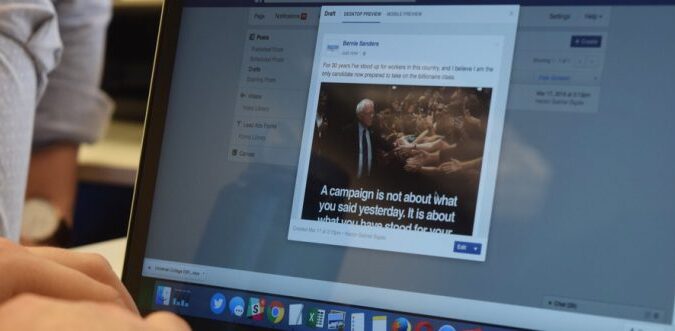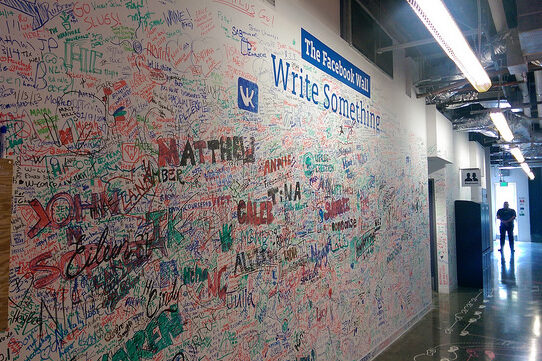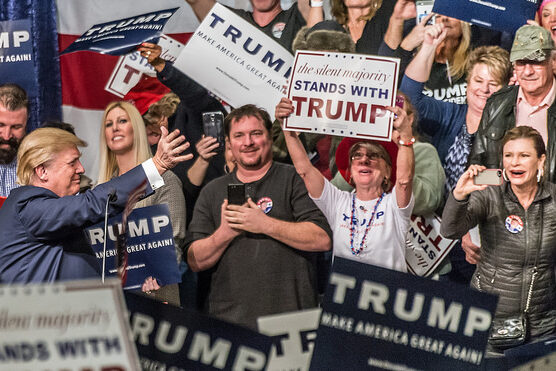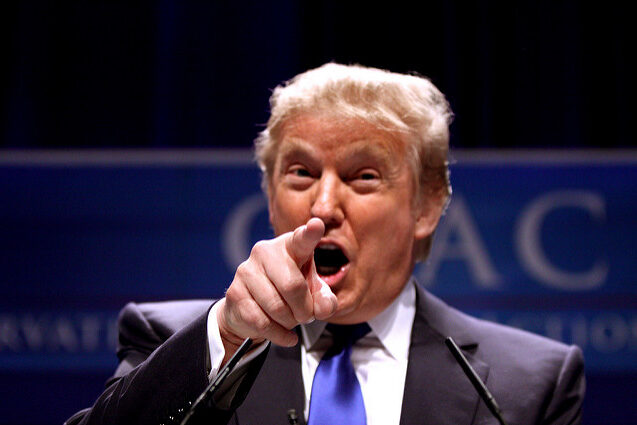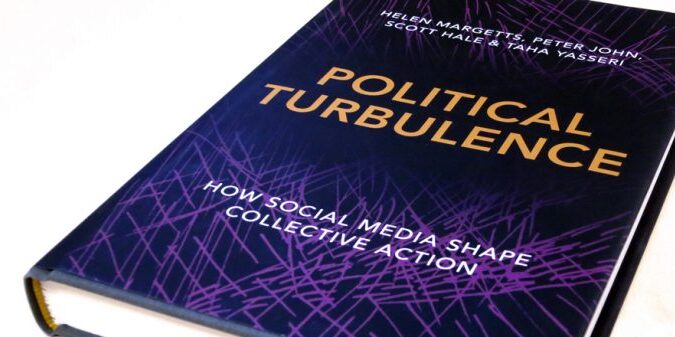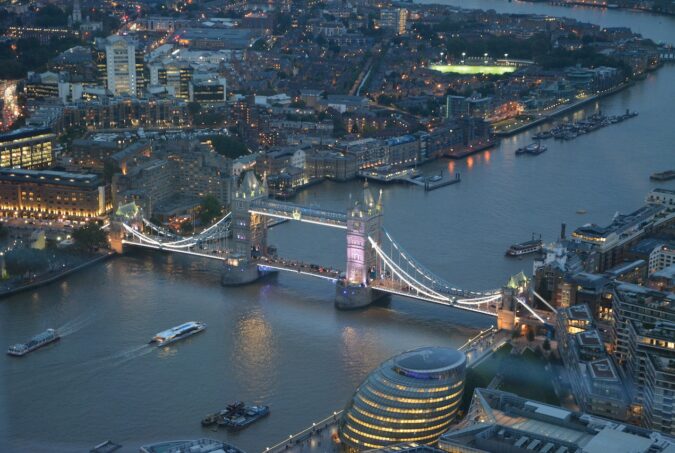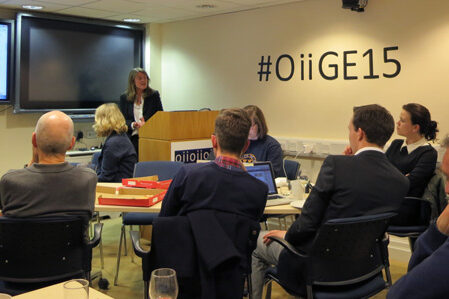After Brexit and the election of Donald Trump, 2016 will be remembered as the year of cataclysmic democratic events on both sides of the Atlantic. Social media has been implicated in the wave of populism that led to both these developments. Attention has focused on echo chambers, with many arguing that social media users exist in ideological filter bubbles, narrowly focused on their own preferences, prey to fake news and political bots, reinforcing polarisation and leading voters to turn away from the mainstream. Mark Zuckerberg has responded with the strange claim that his company (built on $5 billion of advertising revenue) does not influence people’s decisions. So what role did social media play in the political events of 2016? Political turbulence and the new populism There is no doubt that social media has brought change to politics. From the waves of protest and unrest in response to the 2008 financial crisis, to the Arab spring of 2011, there has been a generalised feeling that political mobilisation is on the rise, and that social media had something to do with it. Our book investigating the relationship between social media and collective action, Political Turbulence, focuses on how social media allows new, “tiny acts” of political participation (liking, tweeting, viewing, following, signing petitions and so on), which turn social movement theory around. Rather than identifying with issues, forming collective identity and then acting to support the interests of that identity—or voting for a political party that supports it—in a social media world, people act first, and think about it, or identify with others later, if at all. These tiny acts of participation can scale up to large-scale mobilisations, such as demonstrations, protests or campaigns for policy change. But they almost always don’t. The overwhelming majority (99.99%) of petitions to the UK or US governments fail to get the 100,000 signatures required for a parliamentary debate (UK) or an official response (US). The very few that…
Mark Zuckerberg has responded with the strange claim that his company does not influence people’s decisions. So what role did social media play in the political events of 2016?

